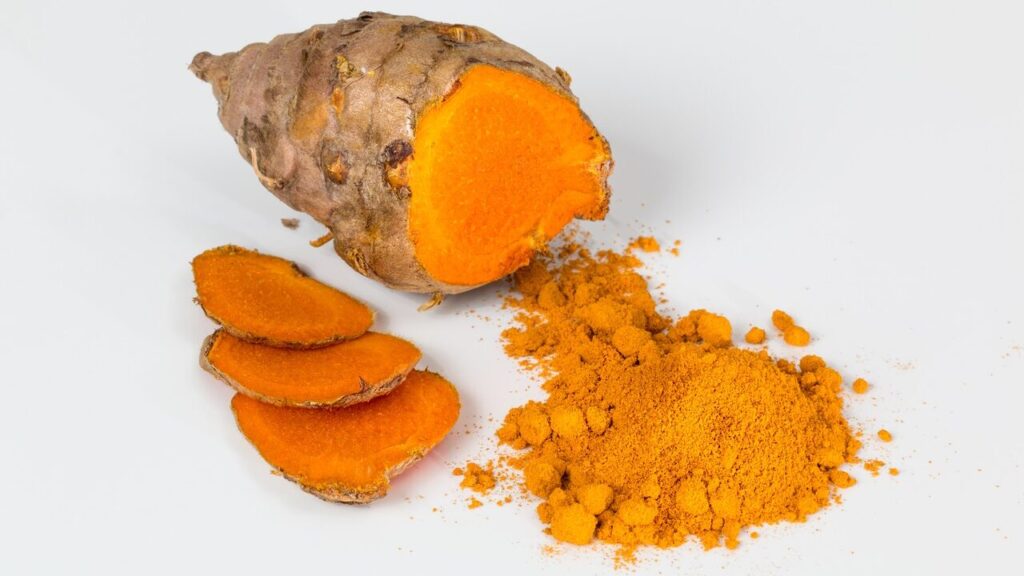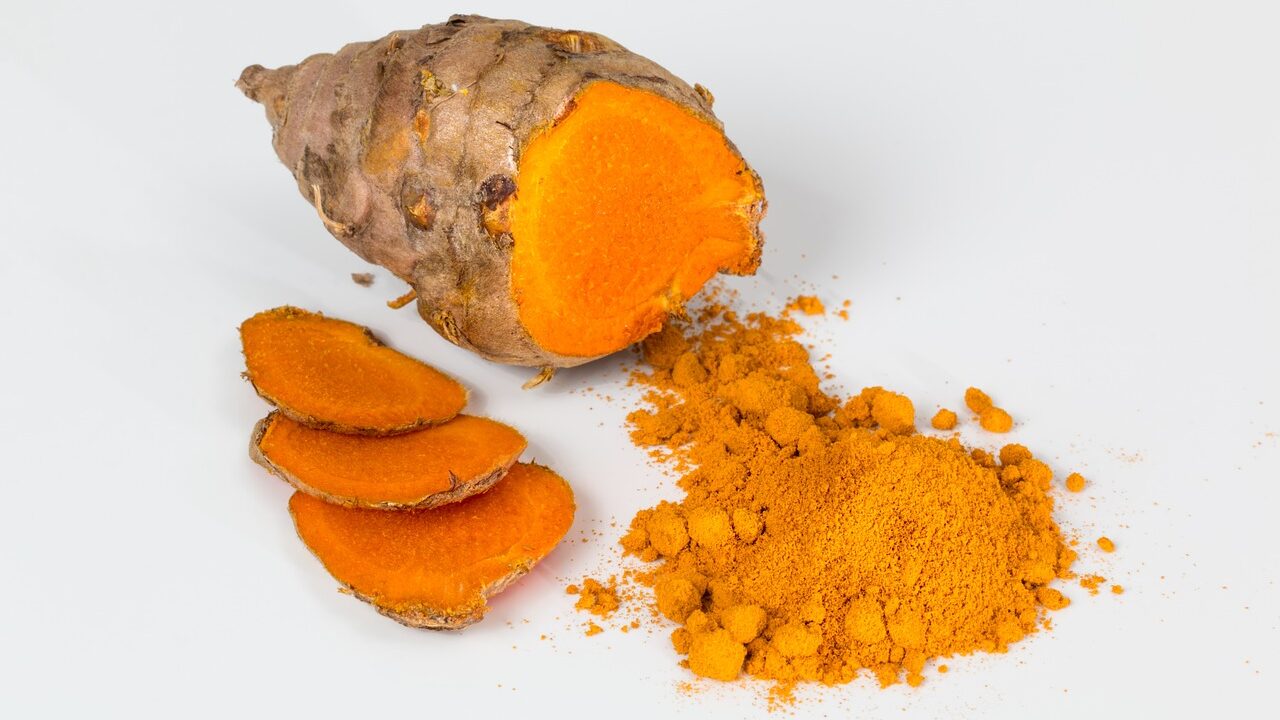Feeling under the weather? Ever wonder if those age-old home remedies actually work? Look no further! Science is catching up to grandma’s wisdom, and some natural solutions have proven benefits.
Embracing Nature’s Pharmacy
Let’s explore 10 science-backed home remedies to keep you feeling your best! From soothing sore muscles to boosting immunity, nature offers a treasure trove of potential remedies. Here are some backed by research:
1. Turmeric for Pain & Inflammation

This golden spice shines for pain relief, especially pain linked to inflammation. Studies show its active ingredient, curcumin, rivals anti-inflammatory drugs. While turmeric lattes are lovely, supplements pack a stronger punch aim for 1/2 to 1 1/2 tsp daily. For more turmeric home remedies check Can Turmeric Be Your New Fountain of Youth?
Clinical Studies:
Several clinical studies have investigated the effectiveness of turmeric for pain and inflammation. Here are a few examples:
- Osteoarthritis: A review of studies found that turmeric extracts were as effective as ibuprofen in reducing pain and improving function in patients with knee osteoarthritis. Read More Here
- Rheumatoid Arthritis: A study showed that curcumin combined with diclofenac (an NSAID) was more effective in reducing pain and swelling in rheumatoid arthritis patients compared to diclofenac alone Read More Here.
- Postoperative Pain: Research suggests that curcumin supplementation may help reduce pain and inflammation after surgery. Read More Here.
2. Chili Peppers for Pain & Soreness

Ever wondered why chili peppers make you sweat? It’s capsaicin, a natural pain reliever. Topical capsaicin creams are popular for muscle aches, but why not make your own? Try our DIY capsaicin coconut oil cream recipe (beware of contact with the eyes!).
Clinical Studies on Capsaicin:
Research supports the use of topical capsaicin creams for pain management. Here are some examples:
- Osteoarthritis: Studies have shown that capsaicin cream can effectively reduce pain and improve joint function in patients with osteoarthritis. Read More Here.
- Neuropathic Pain: Capsaicin cream has also demonstrated effectiveness in managing neuropathic pain, a type of chronic pain caused by nerve damage.
- Post-Herpetic Neuralgia: This painful condition that can occur after a shingles infection may benefit from topical capsaicin treatment.
3. Ginger for Pain & Nausea
Ginger isn’t just for nausea relief. It also boasts anti-inflammatory properties. Unlike pain relievers targeting inflammation, ginger works differently – blocking certain inflammatory compounds and breaking down existing ones. So, the next time you feel a headache or nausea coming on, brew a cup of ginger tea!
Clinical Studies Backing Ginger’s Benefits:
Research supports ginger’s effectiveness for pain and nausea.
- Nausea: Studies have shown ginger to be effective in reducing the nausea and vomiting associated with pregnancy, chemotherapy, and motion sickness. Read More Here.
- Pain: Ginger may offer pain relief for conditions like osteoarthritis and menstrual cramps, with some studies suggesting it may be as effective as certain pain medications.
4. Shiitake Mushrooms for Long-Term Health
Shiitake mushrooms go beyond deliciousness. They contain lentinan, a compound with antioxidant and anti-inflammatory effects. Studies suggest it might even help fight cancer and boost the immune system. Feeling under the weather? Add some shiitake mushrooms to your next bone broth!
Potential Benefits for Cancer and Immunity:
While more research is needed, some studies have explored the potential of shiitake and its components in these areas:
- Cancer Prevention and Treatment: Lentinan may stimulate the immune system to recognize and attack cancer cells. However, the evidence is primarily from pre-clinical studies, and more research is needed to determine its effectiveness in humans. Read More Here
- Immune System Support: Shiitake mushrooms may contain other bioactive compounds that support immune function, although the exact mechanisms are still being investigated. Read More Here
5. Eucalyptus Oil for Pain Relief
Eucalyptus oil’s component, 1,8-cineole, may offer pain relief similar to morphine (based on mice studies). Inhaled eucalyptus oil has shown promise in easing body pains. However, caution is advised, as it can trigger asthma and irritate pets and infants.
Clinical Studies on Inhaled Eucalyptus Oil:
Research on inhaled eucalyptus oil for pain relief in humans is limited but shows some promise:
- Reduced Post-Surgical Pain: A study found that inhaling eucalyptus oil after knee replacement surgery resulted in lower pain scores compared to a control group. Read More Here.
6. Lavender for Migraines & Anxiety

Feeling stressed or struggling with a migraine? Lavender might be your new best friend. Studies show it can help with migraines, anxiety, sleep, and even memory troubles. Consider brewing lavender tea or carrying a sachet for moments of high stress. Lavender oil can be used in aromatherapy, but always dilute it before use.
Clinical Studies on Lavender for Migraines and Anxiety:
Research supports the use of lavender for both migraines and anxiety:
- Migraine Relief: A study showed that inhaling lavender oil for 15 minutes during a migraine attack led to a significant reduction in pain compared to a placebo.
- Anxiety Management: Several studies suggest that lavender aromatherapy or massage with diluted lavender oil can effectively reduce anxiety symptoms. Read More Here.
7. Mint for Muscle Pain & Digestion
Mint offers a variety of benefits, depending on the type. Wintergreen mint, with its methyl salicylate compound, works similarly to capsaicin for muscle and joint pain. Peppermint, on the other hand, excels at relieving irritable bowel syndrome (IBS) symptoms. It reduces spasms, diarrhea, and abdominal pain by activating an anti-pain channel in the colon.
Peppermint for Digestive Relief
Peppermint (Mentha piperita), a widely recognized mint variety, offers a cooling, invigorating aroma and digestive benefits:
- IBS Relief: Studies suggest peppermint oil can effectively reduce symptoms of irritable bowel syndrome (IBS), including abdominal pain, cramps, diarrhea, and bloating.
- Mechanism of Action: Peppermint oil is believed to relax the smooth muscles in the digestive tract, reducing spasms and discomfort.
- Anti-Pain Channel Activation: Some research suggests peppermint oil may activate an anti-pain channel in the colon, further contributing to its pain-relieving effects.
8. Fenugreek for Breastfeeding & Blood Sugar
Fenugreek seeds are a popular spice with medicinal uses. As a tea, they can help with milk production for breastfeeding mothers. Additionally, fenugreek’s high fiber content makes it a great water-soluble fiber for diarrhea and a potential aid for people with diabetes by improving insulin function. Enjoy fenugreek in curries, dry rubs, or sprinkled on salads.
Some breastfeeding mothers use fenugreek tea to increase milk production. While research is ongoing, some studies suggest it may be effective. However, the evidence is not conclusive, and other factors can also influence the milk supply.
9. Apple Cider Vinegar for Digestion & Heartburn
Apple cider vinegar (ACV) is a popular home remedy for various ailments, including digestive issues and heartburn. While anecdotal evidence abounds, scientific research on its effectiveness is limited and ongoing.
Studies on ACV and Digestion
- A small study in healthy adults suggests ACV may improve gastric emptying time (how long food stays in the stomach) for liquids but not necessarily for solids.
10. Honey for Cough & Sore Throat
Honey has been used as a natural remedy for coughs and sore throats for centuries. Thankfully, research supports this traditional use. Here’s a look at the science behind honey’s effectiveness for these common ailments.
Studies on Honey for Sore Throats
- A review of 14 studies concluded that honey was as effective as over-the-counter cough suppressants in relieving nighttime coughs and improving sleep quality in children with upper respiratory tract infections. Read more here.
- Another study found honey lozenges to be more effective than a placebo in reducing sore throat pain and cough frequency. Read more here.
Conclusion
Nature provides a wealth of options to support your well-being. Remember, these remedies are not a magic bullet, and it’s always best to consult your doctor before trying anything new, especially if you have pre-existing conditions or take medication. But with a little exploration, you might just discover your new favorite natural remedy!








